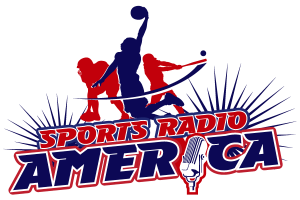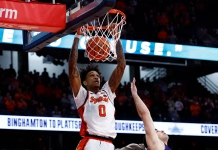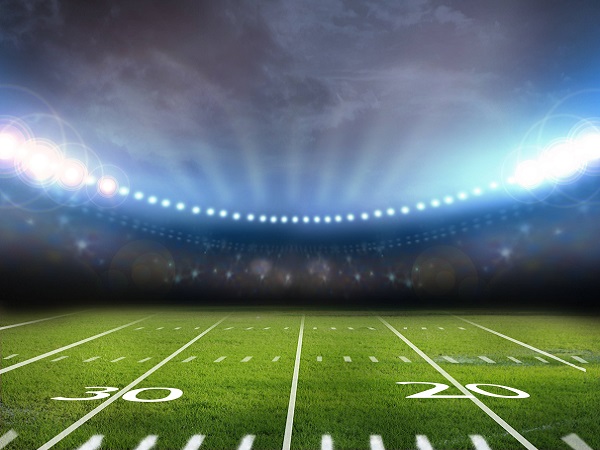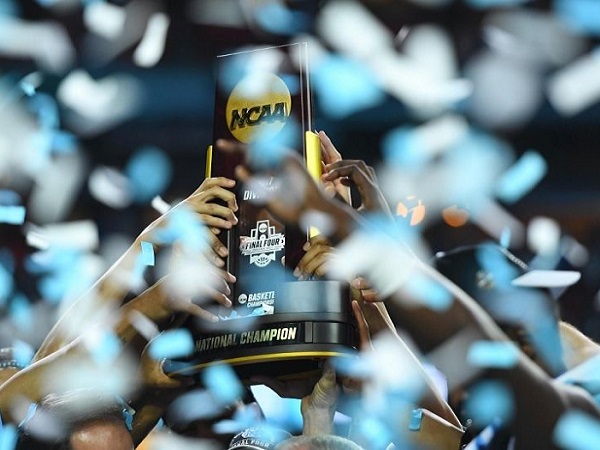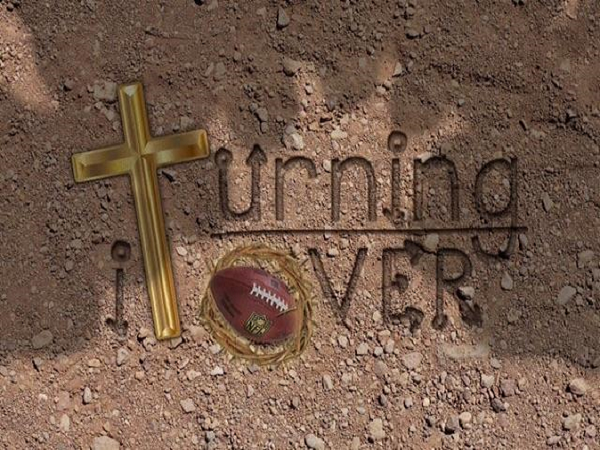The impending resolution of the House v. NCAA case stands as a catalyst for reshaping the collegiate athletics landscape. At the crux of this legal battle lies the fundamental contention that athletes should be entitled to compensation for the commercial exploitation of their Name, Image, and Likeness (NIL). Schools can now pay college athletes. The proposed settlement aims to provide back pay for the years from 2016. A period marked by the prohibition of student-athletes from earning NIL revenue. The case represents a pivotal juncture in addressing the longstanding grievances within collegiate sports. The NCAA settled for 2.7 Billion.
Discussions surrounding the classification of student-athletes as employees under the National Labor Relations Act has been a debate. The NCAA has steadfastly maintained the position that student-athletes are amateurs, not employees, thereby excluding them from compensation beyond scholarships and stipends. However, the potential approval of this settlement signals a potential seismic shift in this narrative, potentially challenging the traditional paradigm and paving the way for significant reforms in collegiate athletics.

Photo Cred: On3
Beyond the immediate implications of financial compensation, the ramifications of this settlement are multifaceted and far-reaching. It seeks to establish a groundbreaking revenue-sharing model akin to those found in professional sports leagues. Such a transformative development could herald a new era of fairness and equity within college sports It acknowledges the invaluable contributions of student-athletes to the multibillion-dollar industry.
Moreover, the settlement has the potential to redefine the relationship dynamics between student-athletes and collegiate institutions, addressing systemic issues of exploitation and unequal treatment. By acknowledging and rectifying past injustices, it lays the groundwork for a more equitable distribution of revenue. It is generated by collegiate athletics, ensuring that student-athletes receive their fair share of the financial pie. As the legal proceedings unfold, stakeholders across the sports industry are closely monitoring the situation.

Regardless of the ultimate outcome, the House v. NCAA case represents a pivotal moment in the ongoing quest for fairness, transparency, and recognition of the rights of student-athletes. It’s worth noting that this settlement will not only spare the NCAA from a potentially costly trial in 2025 but also alleviate the burden of potential liabilities exceeding $4 billion. These damages would have been distributed among the conferences. The Power Five conferences face the brunt of the financial repercussions.
The settlement will be paid out over the next decade. It will require careful deliberation and fine-tuning of the revenue-sharing arrangements between the NCAA and its member institutions. In the coming months, stakeholders will need to collaborate to ensure that the implementation of the settlement serves the best interests of all parties involved. It must foster a fair and sustainable framework for collegiate athletics moving forward.
